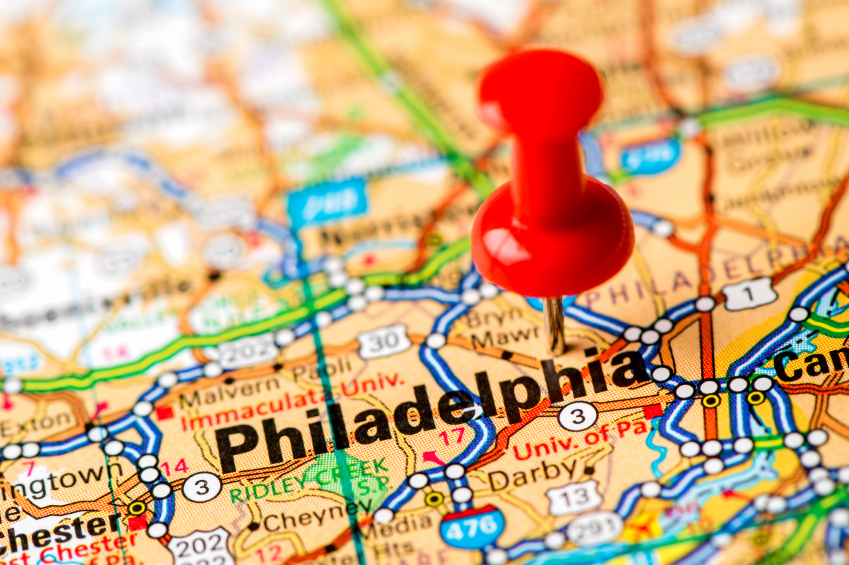 If you’ve been visiting SEO (search engine optimization) blogs and looking for tips that will potentially increase the flow of traffic to your website, you may have recently read about something called “service area pages.” Also known as “local landing pages,” these are single web pages that usually appear when a visitor searches for a very specific keyword phrase. (“Topsoil suppliers St. Louis,” for instance, or “HVAC systems in Minneapolis,” perhaps.) The copy on the landing page (or “service area page”) will include information that’s relevant to the visitor. Or at least, that’s the idea.
If you’ve been visiting SEO (search engine optimization) blogs and looking for tips that will potentially increase the flow of traffic to your website, you may have recently read about something called “service area pages.” Also known as “local landing pages,” these are single web pages that usually appear when a visitor searches for a very specific keyword phrase. (“Topsoil suppliers St. Louis,” for instance, or “HVAC systems in Minneapolis,” perhaps.) The copy on the landing page (or “service area page”) will include information that’s relevant to the visitor. Or at least, that’s the idea.
What Sort of Information Should You Include on Local Landing Pages?
Before we discuss the specific sort of content that should appear on your website’s local landing pages or service area pages, it’s crucial to understand exactly why these pages are so valuable to manufacturing businesses. It’s also worthwhile to walk through a potential scenario in which a customer might discover one of your local landing pages online.
The Way Customers Shop for Services Has Changed
In the always-online Internet era in which we live today, it’s been estimated that approximately 80 percent of all customers – regardless of what they’re shopping for – begin their shopping experience online.
This is something almost all of us do, especially when we’re in the market for a relatively big-ticket item. Whether we’re looking for a new pair of shoes, a new car, or a supplier of building materials, we’ll open a search engine like Google or Bing and enter a description of the product or service we need.
It’s a quick and easy way to discover who’s offering the best price. It’s also a convenient way to find out if anyone in our local area is selling whatever it is we want. And that’s exactly why it’s so important to have multiple landing pages on your website that are geo-tagged with specific cities, towns or regions.
What is Geo-Tagging, and How Does it Apply to Local Landing Pages?
Geo-tagging might sound like a complicated technical term, but it’s really quite simple. In this instance, it refers to a web page that is “tagged” with geographic identifiers in both the metadata and in the web page copy itself.
For instance, a landing page about ACME HVAC Co. and its products and services becomes a local landing page when the name of a city, town or region is inserted in the page’s title text, in its heading titles, throughout the copy, and in its metadata.
Don’t Forget About the Importance of Mobile Search
You’ve probably seen statistics touting the number of customers who now search or even shop online not with their laptops or desktop computers, but with mobile devices: smart phones and tablets. And most modern mobile devices are programmed to know their users’ location.
That means adding geo-tagged keywords to your website’s landing pages can be very beneficial, even if the customer searching online for your product or service doesn’t include the name of a specific city or region.
If a customer is searching for your service while they’re sitting at a café in Peoria, for instance, your Peoria landing page may very well appear near the top of their search results. Assuming, of course, that you actually have such a page.










